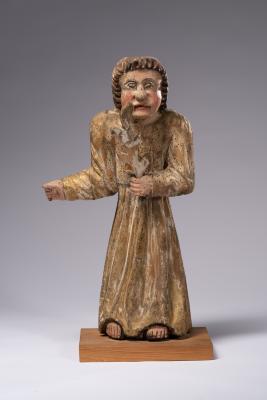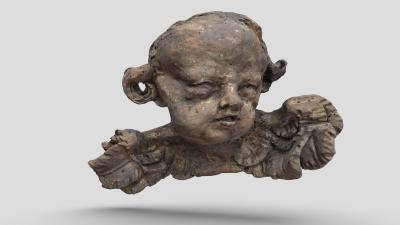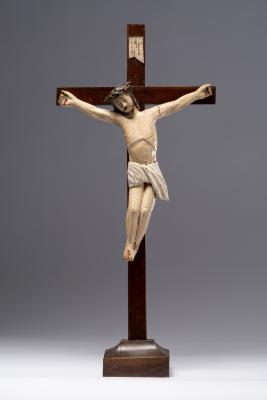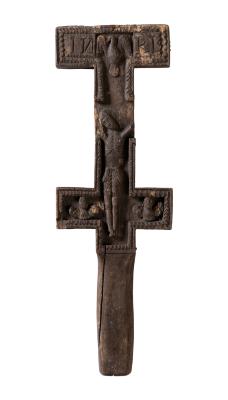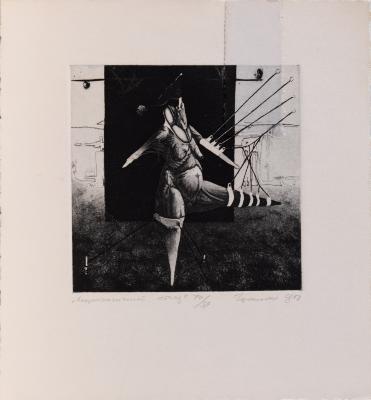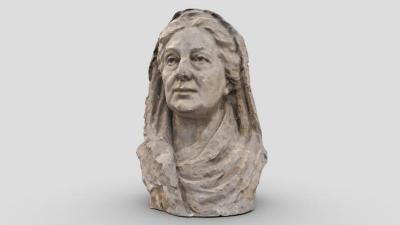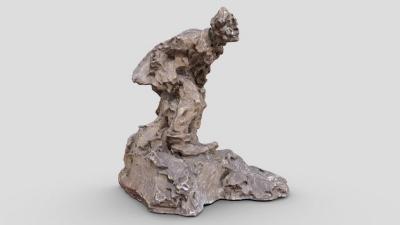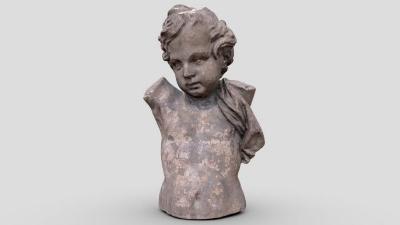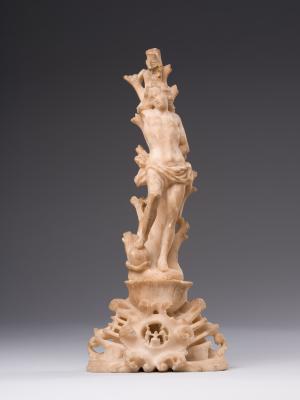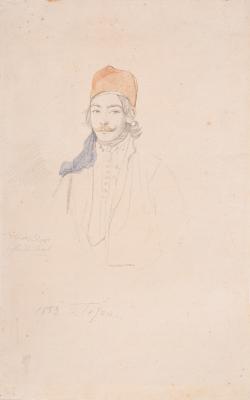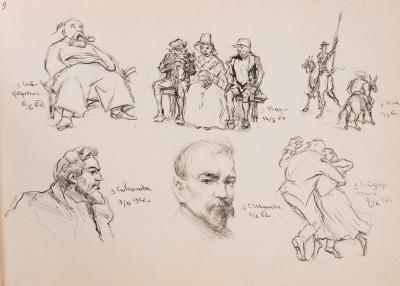Killing of a Franciscan Friar
Szymon Czechowicz
- ID
- Ж-6141
- Author
- Szymon Czechowicz
- Name
- Killing of a Franciscan Friar
- Date of creation
- mid-18th c.
- Country
- Polish-Lithuanian Commonwealth
- Technique
- oil painting
- Material
- canvas oil
- Dimensions (height x width, cm)
- 170 x 101
- Type
- painting
- Genre
- religious
- Plot
- Life of Saint Fidelis of Sigmaringen
- Provenance
- Lviv Historical Museum
- Exposition
- Zhovkva Castle
- The name of the person portrayed
- Fidelis of Sigmaringen (Mark Roy)
- Lifetime of the person portrayed
- 1577–1622







